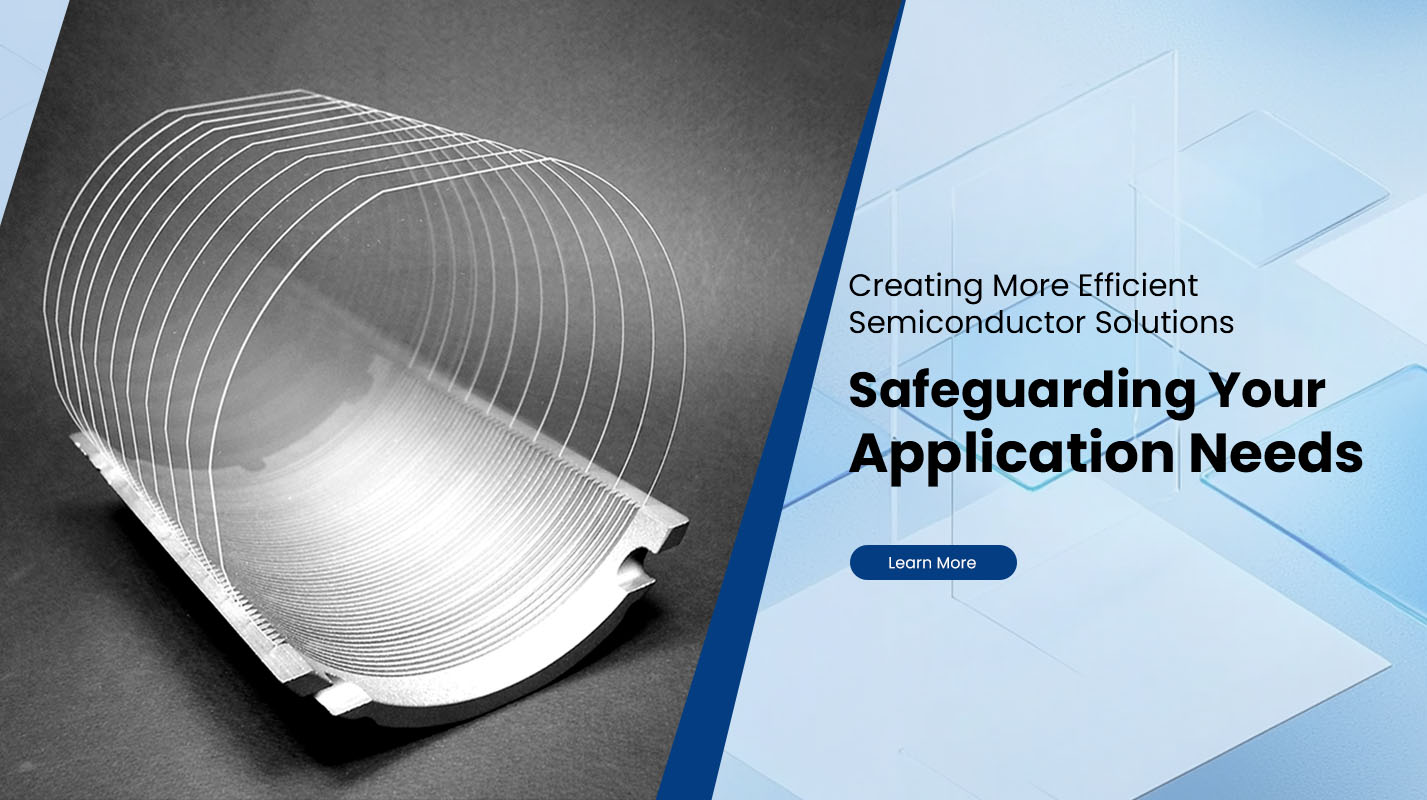What Is the Difference Between P-Type and N-Type Silicon Wafers?
In the world of semiconductor manufacturing, P-type and N-type Silicon Wafers are fundamental components that form the basis of most modern electronic devices. As a leading manufacturer of these critical materials, PLUTOSEMI is committed to providing high-quality silicon wafers tailored to meet the evolving demands of the semiconductor industry. This article explores the key differences between P-type and n-type silicon wafers, their applications, and why PLUTOSEMI’s products stand out in the market.
What Are P-Type and N-Type Silicon Wafers?
The basic difference between P-type and N-type silicon wafers lies in their electrical properties, which are determined by the type of dopants added during the manufacturing process. These dopants alter the electrical charge balance within the silicon, making it either more likely to conduct positive charge (holes) or negative charge (electrons). This property is essential for creating semiconductor devices like transistors, diodes, and solar cells.
P-type silicon wafers are doped with elements such as boron, which creates an excess of "holes" (positive charge carriers) in the crystal lattice. These holes are the primary carriers of electricity in P-type materials, making them ideal for certain semiconductor applications. P-type wafers are typically used in the creation of the positive side of a P-N junction in various electronic components, such as diodes, transistors, and photovoltaic cells.
N-Type Silicon Wafers:
On the other hand, N-type silicon wafers are doped with elements like phosphorus or arsenic, which introduce extra electrons (negative charge carriers) into the silicon lattice. The abundance of free electrons makes N-type wafers excellent conductors of electricity, and they play a crucial role in creating the negative side of a P-N junction. N-type wafers are widely used in the fabrication of integrated circuits, power devices, and light-emitting diodes (LEDs).
The Role of P-N Junctions in Semiconductor Devices
The combination of P-type and N-type materials forms the essential P-N junction, which is the cornerstone of most semiconductor devices. When these two materials are joined, the free electrons from the N-type region move toward the P-type region, leaving behind a positively charged "depletion zone." This creates an electric field that allows the device to control the flow of current, making P-N junctions crucial for the functionality of transistors, diodes, solar cells, and more.
At PLUTOSEMI, we specialize in the production of both P-type and N-type silicon wafers, ensuring that our customers receive top-quality materials that meet the stringent specifications required for modern semiconductor applications.
Why Choose PLUTOSEMI?
As a trusted manufacturer of N-type and P-type silicon wafers, PLUTOSEMI offers several advantages to its customers:
1. Precision and Quality: Our wafers are produced with state-of-the-art equipment and processes, ensuring the highest level of precision in terms of electrical properties, crystal structure, and surface quality.
2. Customization: We understand that every customer has unique requirements. PLUTOSEMI offers customized silicon wafers in various sizes, thicknesses, and doping concentrations to suit specific application needs.
3. Reliability: We prioritize consistency and reliability in all our products, ensuring that our P-type and N-type silicon wafers perform optimally in high-demand semiconductor applications.
4. Sustainability: At PLUTOSEMI, we are committed to sustainable manufacturing practices. Our processes are designed to minimize environmental impact while maintaining product excellence.
Applications of P-Type and N-Type Silicon Wafers
P-type and N-type silicon wafers are used in a wide range of applications across various industries. Some of the most notable include:
- Solar Cells: P-type and N-type wafers are integral to the production of solar cells, where they are used to create the P-N junction that captures and converts sunlight into electricity.
- Integrated Circuits: N-type wafers are commonly used in the fabrication of integrated circuits, which are the building blocks of modern electronic devices like computers, smartphones, and appliances.
- Power Electronics: Both P-type and N-type wafers are essential in the creation of power semiconductor devices such as diodes, transistors, and thyristors, which regulate and control electrical power in various systems.
PLUTOSEMI’s expertise in the manufacturing of high-quality P-type and N-type silicon wafers positions us as a reliable partner for companies in the semiconductor industry. Our commitment to precision, customization, and sustainability ensures that our products meet the highest standards required for today’s cutting-edge technologies. Whether you are developing new solar cells, integrated c


